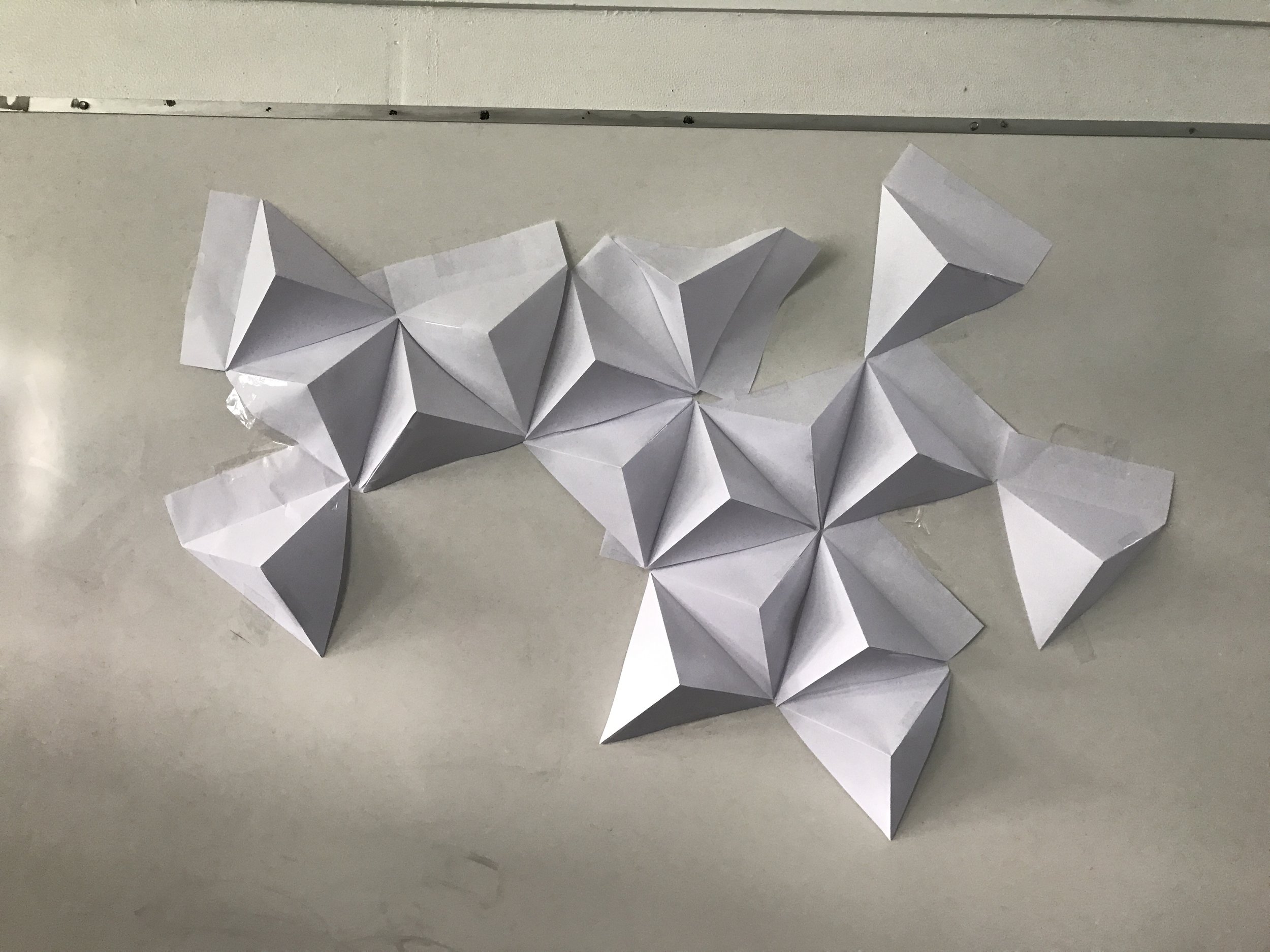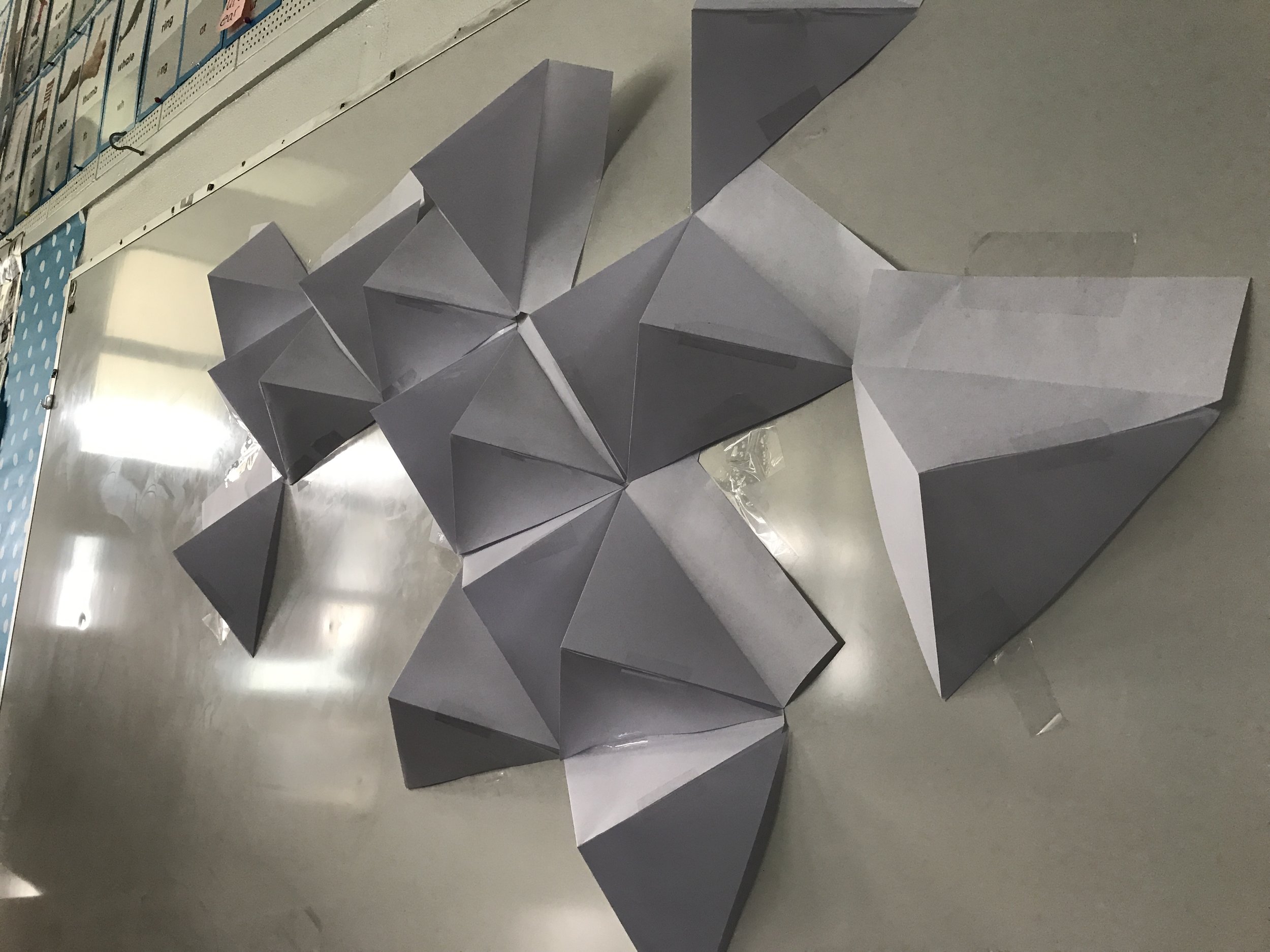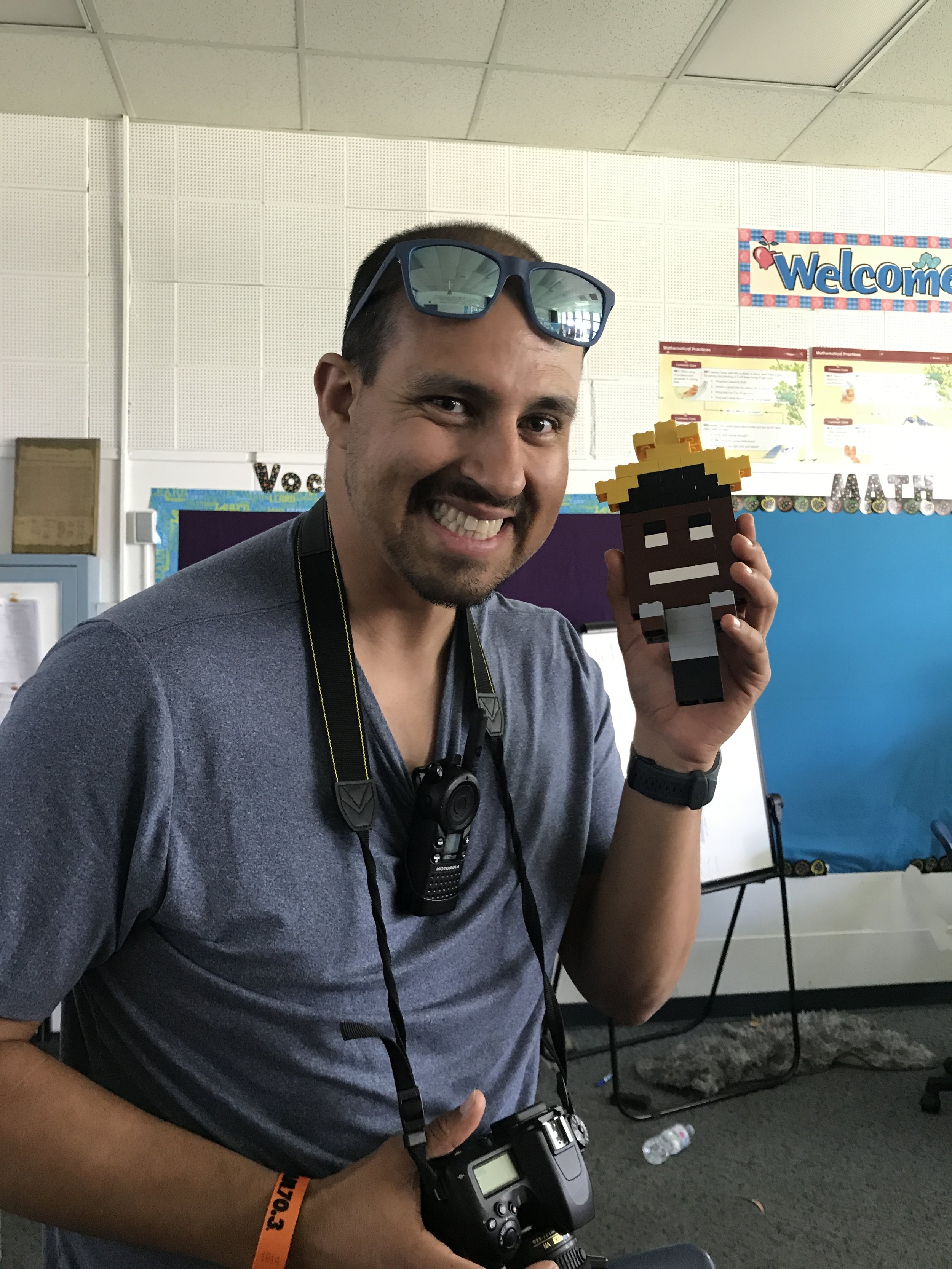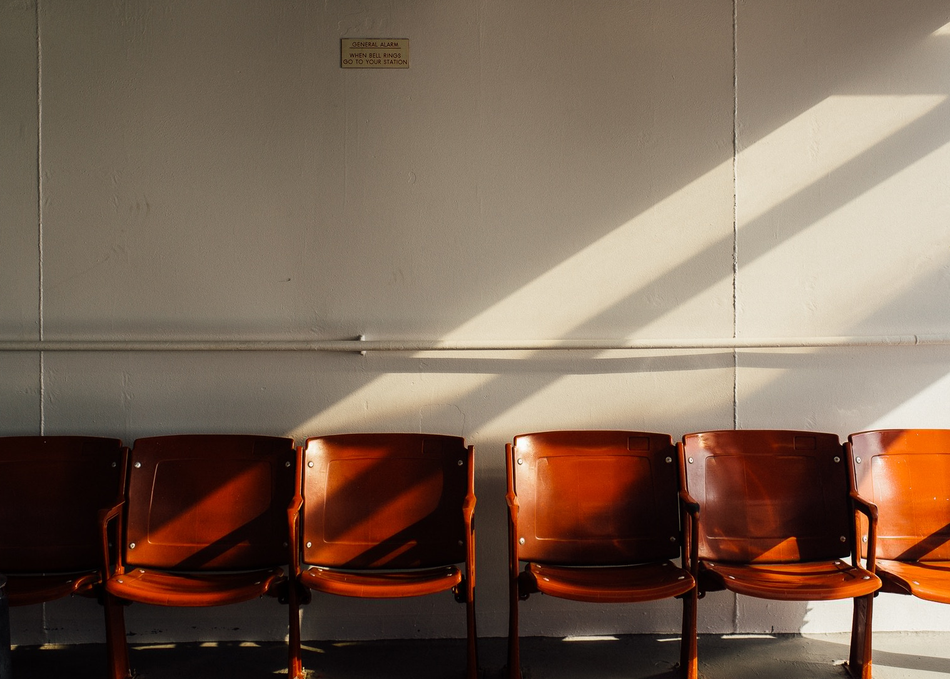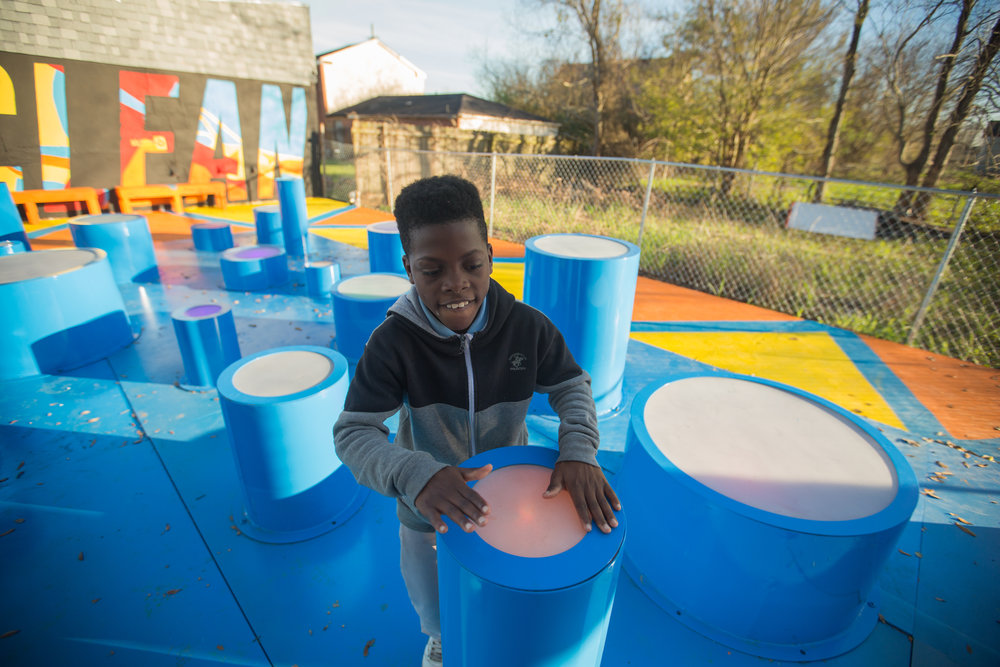We continued to develop our Space Squad experience and also started to prototype out a projection mapping experience for the classroom. Both would be traveling activations that we could use to teach STEAM concepts.
For our Space Squad experience we wrote up an experience design doc. Turns out what I learned in my Experience Design class was super helpful! For that class, we created an experience design doc for every project that we worked on. This allowed the whole team to be on the same page about the experience. I used the same documentation from class for designing this experience.
I also learned about the MDA approach to game design from my co-intern Aubrey. Aubrey is currently enrolled in the Game and Interactive Media Design Masters program at USC. MDA stands for Mechanics, Dynamics, Aesthetics. The theory states that designers start designing at the aesthetic stage, but players approach games from the mechanics stage.
Diagram from “MDA: A Formal Approach to Game Design and Game Research.”
Using this approach, we began to think about the aesthetics of our experience. We both agreed that we liked the sassy AI character in the Space Squad experience and wanted to apply that to our experience. We began writing the script and walking through the user flow.
For our projection mapping experience, I showed my team how to use HeavyM, a projection mapping software tool that we used in our Experience Design class at the ETC. I prototyped a simple set-up out of printer paper and tape, and used the projector in the classroom.
We started to discuss how we could teach students about color theory, creating mood, and setting a tone for your experience. As well as explaining how light works, diffraction, and why certain parts of your projection mapping will never look crisp.
I envisioned a curriculum in which students get to play around with the projection mapping software while listening to different types of music. Students could design experiences around their favorite songs.
On Wednesday and Thursday, I taught a class about Experience Design to the middle school students. The purpose was to gather data for my pitch project in the fall. Our pitch team wanted to know what middle school students thought were cool when it comes to museum experiences.
The goal was to conduct an informal active survey study to determine middle school students’ perception of museums/museum-like spaces or experiences, and what are middle school students’ interests/what do they find to be “cool” or engaging.
Most students did not think that museums were “cool” and assumed that museums were boring institutional settings. Students typically went to museums with their school. When shown examples of interactive museum experiences like The Museum of Ice Cream, students were excited about those types of experiences. Some students were also not sure if they had ever been to a museum or had never been to a museum.
Students were very much engaged in creating their own experiences and appreciated having the freedom to create what they wanted. They created a wide variety of experiences many referencing pop culture:
Mickey Mouse Clubhouse
Stranger Things
Marvel’s Avengers
Friday Night at Freddy’s
XXXTentacion
There were many game-themed experiences, and for the most part, boys thought that a video game themed or superhero exhibit would be cool. Boys also gravitated towards creating more scary or violent stations (i.e. a punching station to release negative energy). Girls typically created more self-expression related experiences such as a graffiti wall and selfie stations with props.
The students were very tapped into pop culture and sensitive to what is considered “cool” and age-appropriate. Older students took a longer time to sketch their prototypes and were more hesitant to attach themselves to an idea. What they choose to tell other people that they like is very important to them, because it defines their identity in the eyes of their peers. All of these students express themselves in different ways, but being heard is a constant theme.
See photos of all their amazing creations below! FYI he meant to spell I.S.S. (International Space Station).

